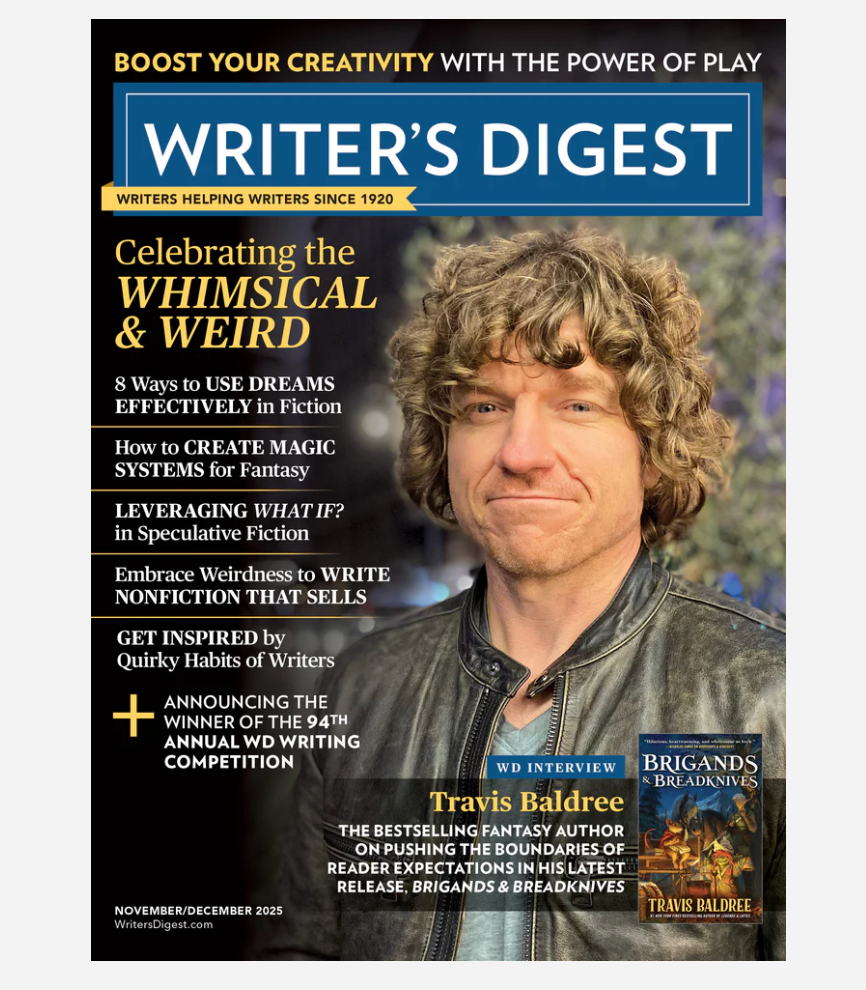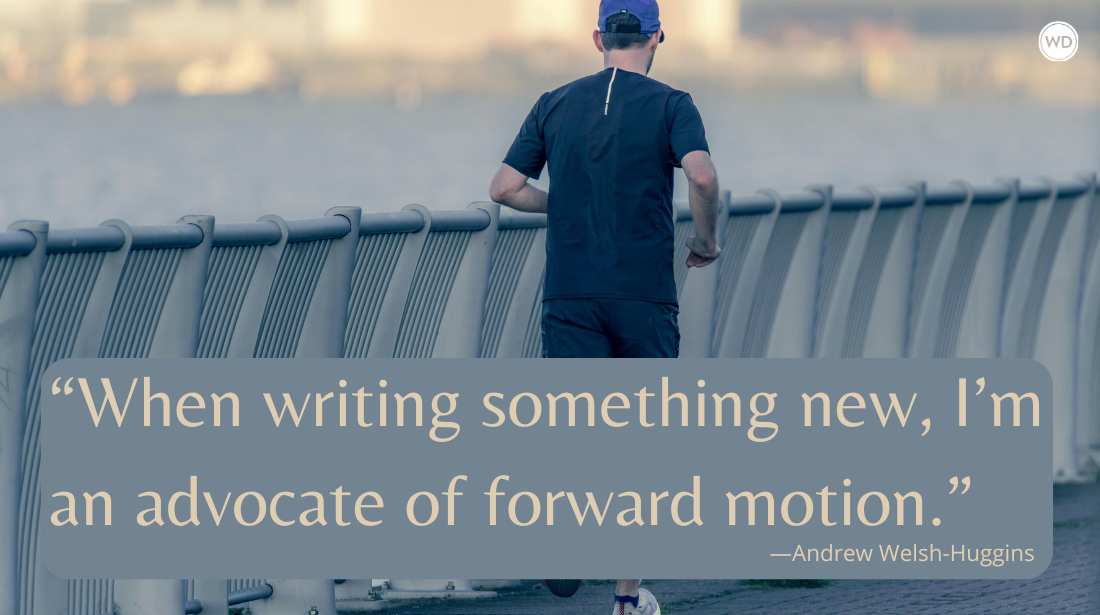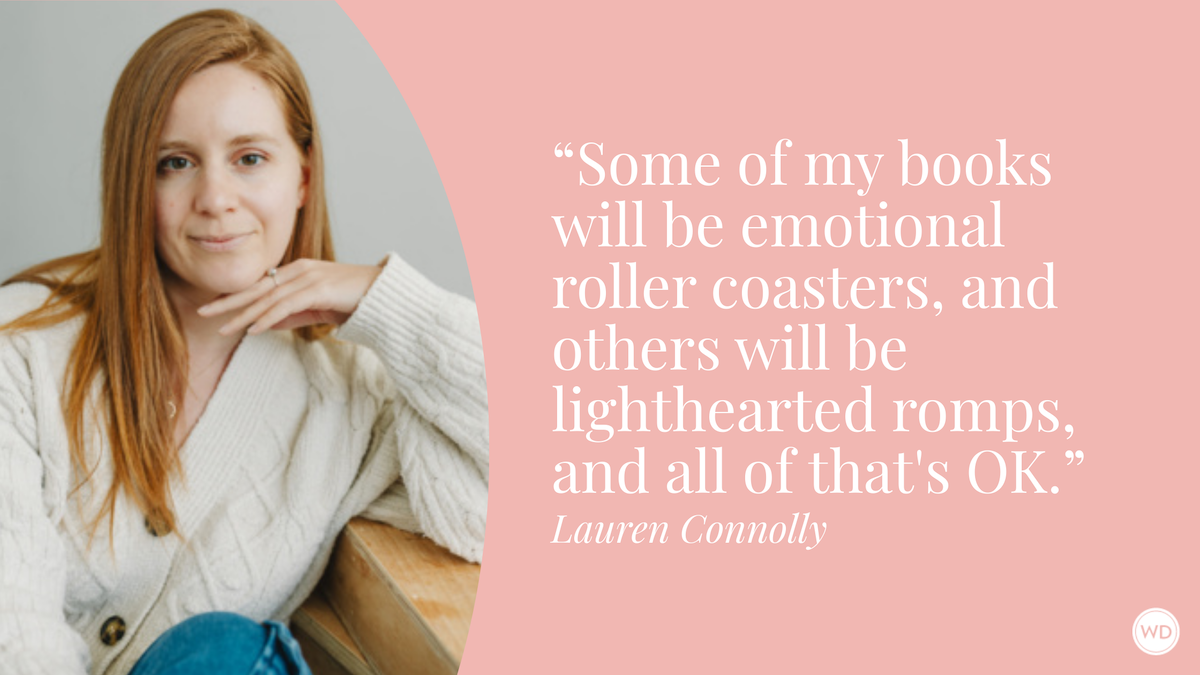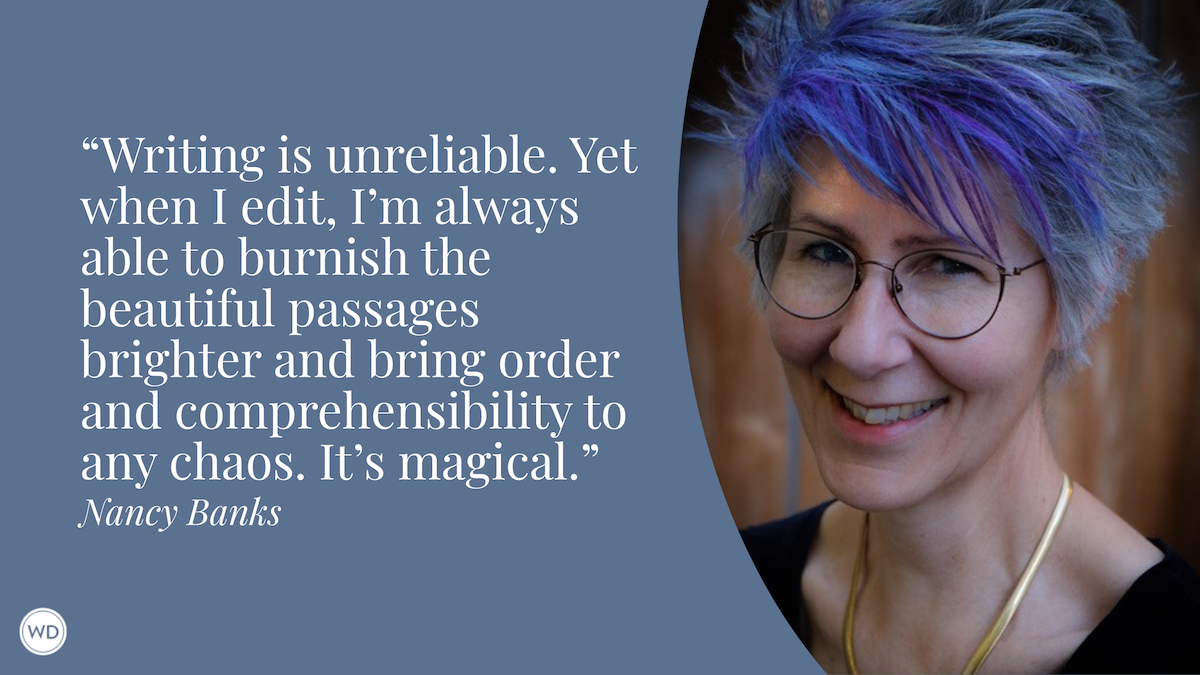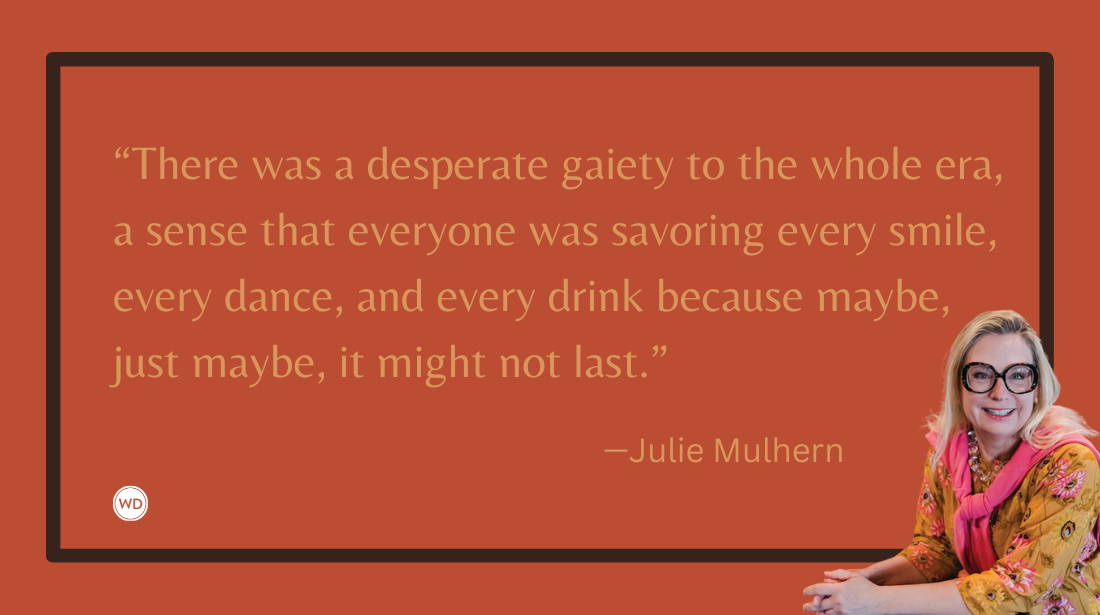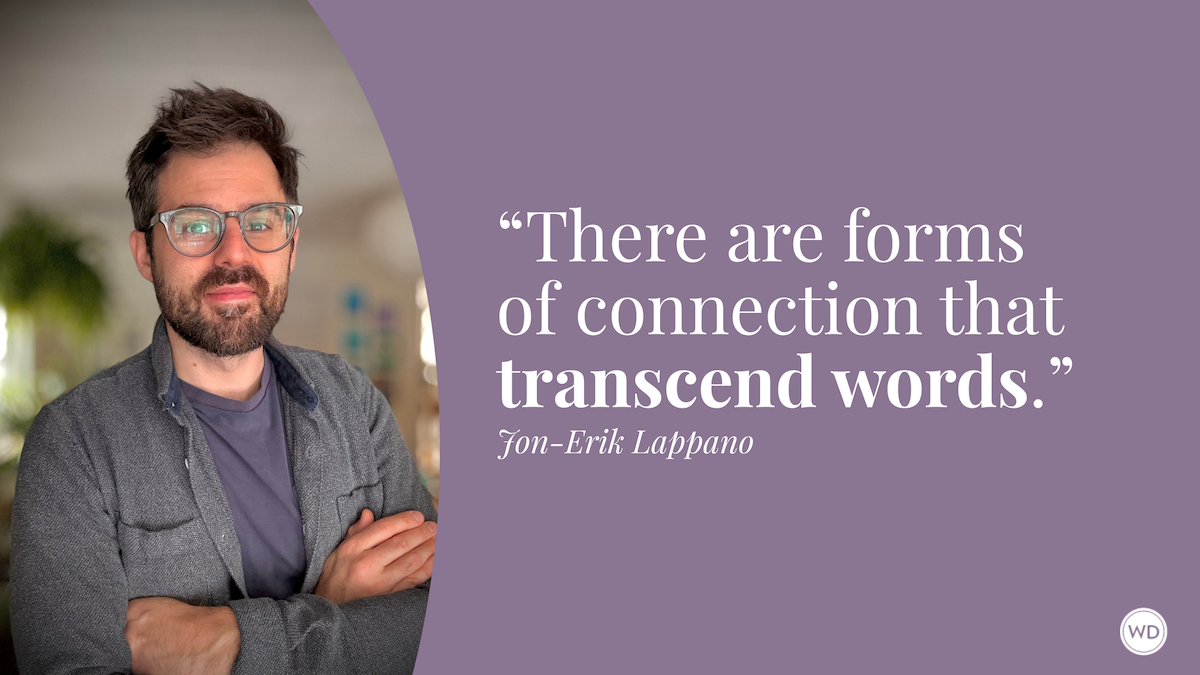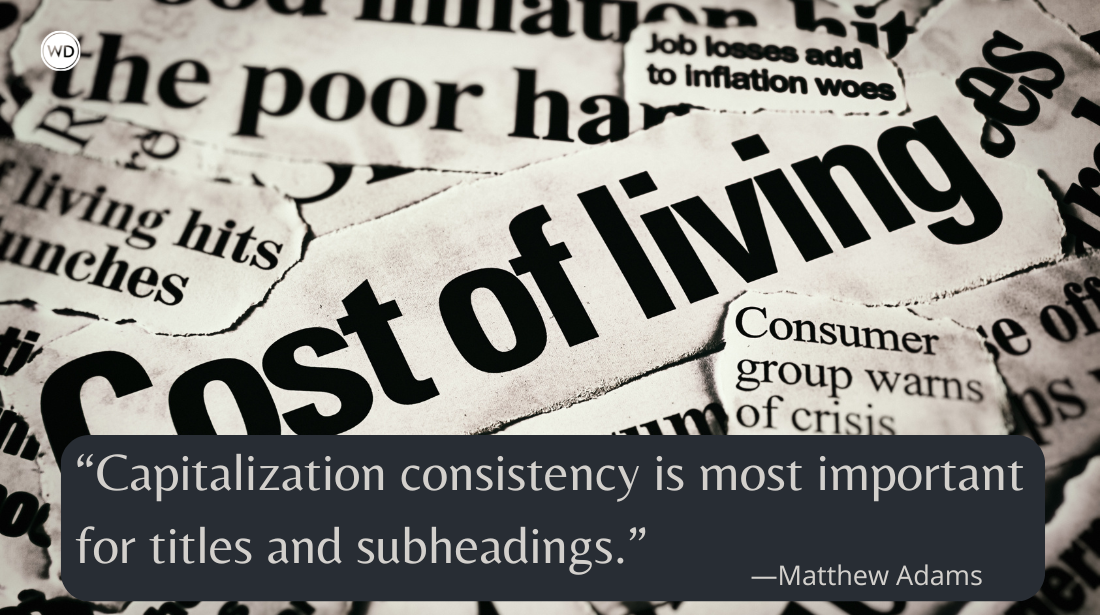World-Building With Sound: 10 Audio Tips for Fiction Writers
Seasoned podcast producer and sound designer Jaimi Ryan shares 10 tips for fiction writers to help with using sound for world-building.
Audio drama isn’t just about dialogue. It’s the hiss of a radiator, the crunch of boots on dry leaves and the pause before a truth is revealed. Just as novelists use language to build immersive worlds, audio creators use sound to transport listeners into spaces that exist only in the imagination.
Here are 10 examples of how you can use sound effectively in your fiction (or perhaps nonfiction) podcast to deepen world-building and heighten storytelling.
1. Establish Setting Through Ambient Sound
Think of ambient sound as the aural equivalent of a setting paragraph. In prose, you might write: The bustling tavern smelled of smoke and spilled ale. In a podcast, you can build the same tavern with clinking glasses, murmured conversations, a lute playing softly in the corner, and the occasional burst of laughter.
A great example of this is The Magnus Archives, which often drops listeners into a location without explanation, simply using a faint hum of fluorescent lights or the drone of a tape recorder to situate listeners in an archival office.
2. Use Sound as Characterization
Characters don’t have to be introduced only with dialogue. Their sound signatures (the objects, rhythms, or textures that follow them) can give immediate recognition.
For instance, maybe a character’s arrival is always marked by the swish of warm-up pants or heavy footsteps with an irregular gate. A fantasy warrior might be defined by the clanking of armor, and maybe a futuristic smuggler always powers down a ship with a metallic sigh. These repeated cues become auditory shorthand.
3. Control Pacing With Silence
Writers know the power of white space. A sentence fragment on its own line can punch harder than a full paragraph. In audio, silence has the same effect.
A long pause before a confession can feel like holding your breath. A sudden drop into stillness after a loud scene can jar listeners into alertness. Even half a second of silence can sharpen a joke’s timing.
Think of silence not as empty, but as intentional space. The absence of sound is still a sound choice, and you want to be sure there are no unintentional silences.
4. Layer Sound for Emotional Resonance
Prose layers tone through metaphor, diction, and rhythm. Podcasts can do this with multiple layers of sound. Dialogue sits in the foreground, but what happens underneath can amplify emotion.
Example: A tender scene might include a faint piano or the distant chirp of crickets, lending warmth. A horror moment could include barely audible whispers under a monologue, or a low drone slowly increasing in volume, unsettling the listener without ever being directly acknowledged.
The trick is subtlety. Too many layers muddy the track. But the right two or three can make a scene unforgettable.
5. Build Tension With Repetition
Writers often use recurring images or motifs, and sound can do the same.
Consider the steady drip of water in a dungeon scene. If it returns across episodes, it builds anticipation: Why does it matter? Or a few distant, unexplained “monster roars” early on. Each recurrence adds dread until the beast finally appears.
Repetition tells listeners: Pay attention, this matters.
6. Use Perspective and Proximity
Audio production can mimic point of view. A voice whispering directly in one ear (using stereo panning) creates intimacy, an almost conspiratorial feel. A muffled argument heard through a wall distances the listener, making them an eavesdropper rather than a participant.
This is the audio equivalent of close third-person versus omniscient narration. Ask yourself: how “close” should the audience feel to this moment? Then adjust the sound perspective accordingly.
7. Contrast Soundscapes
Sometimes the most effective worldbuilding comes from playing the sound against the situation. A gruesome scene underscored by cheerful music, or a high-stakes conversation happening over chirping birds or children playing can disorient the listener in interesting ways and create dramatic tension.
8. Map Geography Through Sound Cues
Listeners can “see” a space through audio cues. Footsteps shifting from tile to gravel tell us a character is moving outdoors. A voice echoing differently in each room maps an environment in our heads. For even more immersion, consider stereo panning sound effects to the left or right, or even moving from one ear to the other to put the listener in the middle of a scene. Those footsteps can move from tile to gravel, and they can also move from the left ear to the right as though the character is walking by the listener.
9. Treat Sound Effects as Symbols
Sounds can function like symbols in prose. A tolling bell might signal both time passing and the inevitability of death. If you repeat sounds strategically, they accrue significance. They become thematic shorthand, much like recurring images and motifs in a novel.
10. Marry Soundscape and Dialogue
Finally, remember that sound is your setting, your imagery, even your punctuation. Pacing is heavily affected by the way the dialogue interacts with the sound environment.
A rapid-fire exchange over pounding rain creates urgency. Slow, deliberate dialogue against a hushed forest soundscape encourages reflection. Moments of soundscape without dialogue can create immersion, tension, reflection, or whatever mood you’re trying to build while also giving the listener a moment to digest what is happening in the story.
As you experiment, listen to how other audio dramas and films use sound. Notice when a silence unnerves you, when a sound effect feels over-the-top, when background noise deepens immersion. Don’t forget to have some fun with it, audio is an exciting medium for creative storytelling.
Jaimi Ryan is a seasoned Podcast Producer and Sound Designer with a background in music production. After pivoting from music to podcasting in 2017, she has had a wide range of podcasting experiences including podcast creation, remote recording, audio restoration, post production, content editing and hosting. Her credits include Unlocking Us and Dare to Lead with Brene Brown, Call Her Daddy, Anything Goes with Emma Chamberlain, and other Spotify Original and Exclusives as well as several independent podcasts. When she’s not producing audio, Jaimi enjoys block printing, sculpting and exploring her home city of Atlanta.


